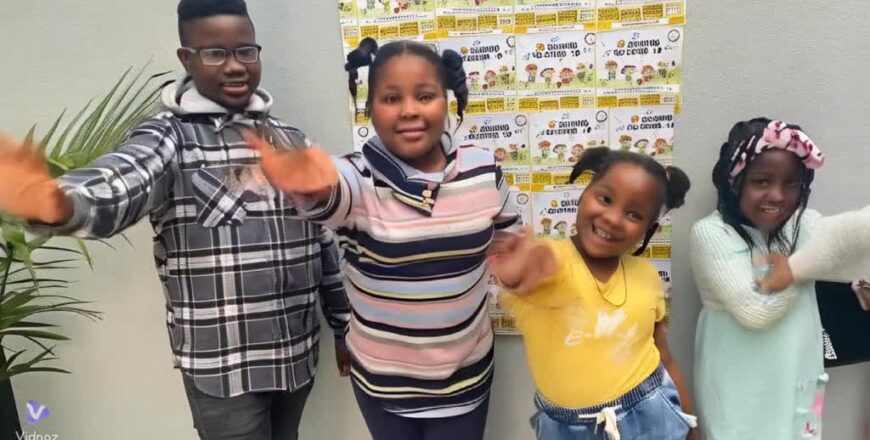ENGLISH - YEAR 5

- Description
- Reviews
- 1Responding to Literature: Relating events to illustrationsPreview 40 minutes
Introduction
1. Begin by discussing how stories often contain both positive and negative events that shape the characters and plot. Ask students to share examples of positive and negative events from other novels they’ve read.
2. Introduce the task: students will be retelling one positive and one negative event from New Gold Mountain, focusing on how language features and text structures help convey the meaning of the events.
- 2Reflect and respond: Stop and think (Part 1) and Responding to questions (Part 2)Preview 40 minutesThis lesson is locked because you haven't completed the previous one yet. Finish the previous lesson to unlock this one.
Introduction
1. Begin by introducing the concept of 'Stop and Think.' Explain that this reading strategy involves pausing at key points in the text to reflect on what is happening, ask questions, or make predictions.
2. Explain the purpose: When we stop to think, it helps us better understand the characters, events, and settings and how they are described.
3. Briefly discuss the text students will be reading (from an Emily Rodda series) and remind them to focus on how characters and settings are depicted.
- 3Oral Presentation: Words or PicturesPreview 40 minutesThis lesson is locked because you haven't completed the previous one yet. Finish the previous lesson to unlock this one.
Introduction
1. Introduce the topic: “Words or pictures—which has a greater impact in picture books?” Explain that both words and illustrations help tell the story, but today, the class will explore which one is more impactful.
2. Show an example of a picture book with both text and illustrations (e.g., Where the Wild Things Are). Read a short excerpt aloud and discuss how the words and illustrations work together to tell the story.
- 4Creative Writing: Beginning of a fairytalePreview 40 minutesThis lesson is locked because you haven't completed the previous one yet. Finish the previous lesson to unlock this one.
Introduction
1. Introduce the lesson by asking students to recall some common fairytales. List them on the board and discuss what makes a story a fairytale (e.g., magical elements, good vs. evil, moral lessons, etc.).
2. Explain that today students will focus on how fairytales begin. What happens at the start of a fairytale? How are the characters and settings introduced? Highlight common opening phrases like "Once upon a time..."
- 5Responding to Literature: The Red PoppyPreview 40 minutesThis lesson is locked because you haven't completed the previous one yet. Finish the previous lesson to unlock this one.
Introduction
1. Introduce the text The Red Poppy, explaining that it is a story set during World War I, focusing on themes of bravery, friendship, and the impact of war.
2. Read the story aloud to the class, pausing at key points to ask students to think about:
o How the characters respond to the events around them.
o What emotions are conveyed through the words and images.
o How the illustrations enhance the story’s impact.
- 6Biographical letter: News from the goldfieldsPreview 40 minutesThis lesson is locked because you haven't completed the previous one yet. Finish the previous lesson to unlock this one.
Introduction
1. Begin by discussing the structure and purpose of a biographical letter. Explain that it is a personal letter written from the point of view of a character (real or fictional) who has lived through a specific event or time period, in this case, the Australian gold rush.
2. Read an example of a historical biographical letter aloud, asking students to notice the following:
o How the writer introduces themselves and their situation.
o The use of specific language features and historical details.
o How the letter’s tone and structure engage the reader.
